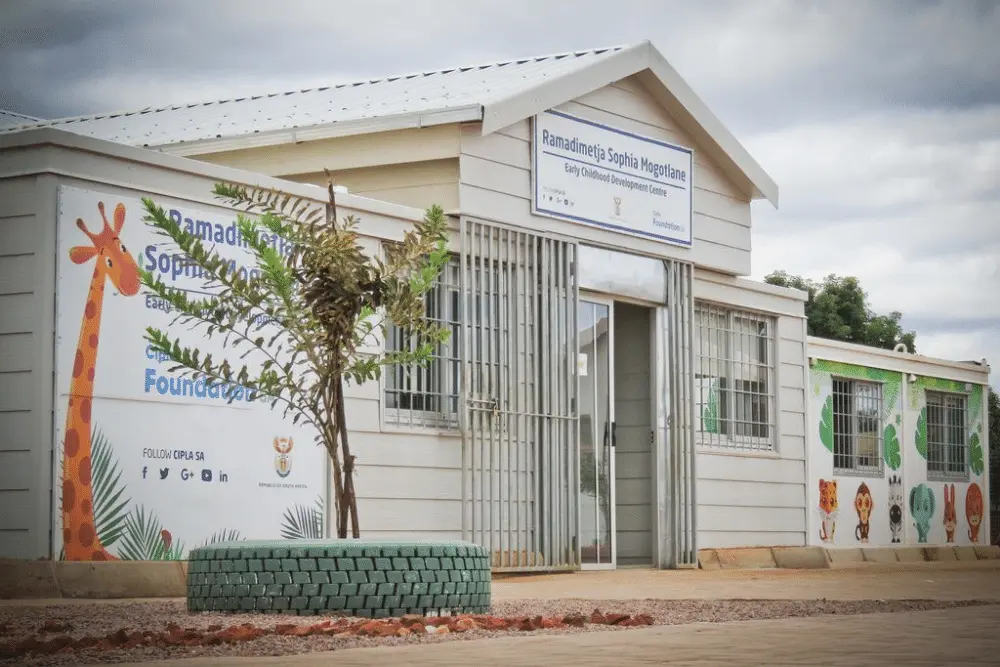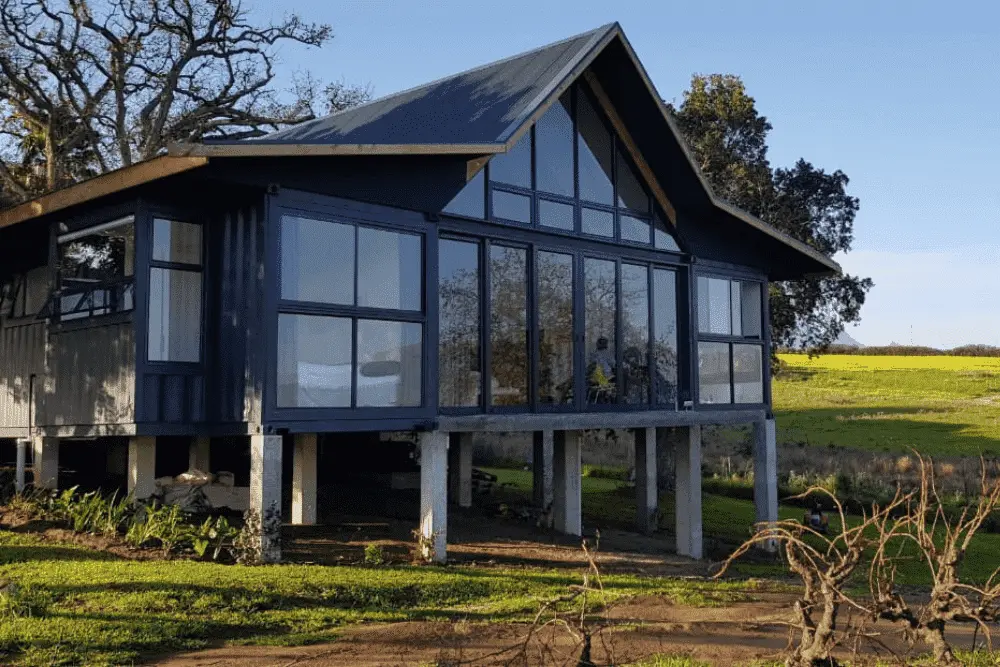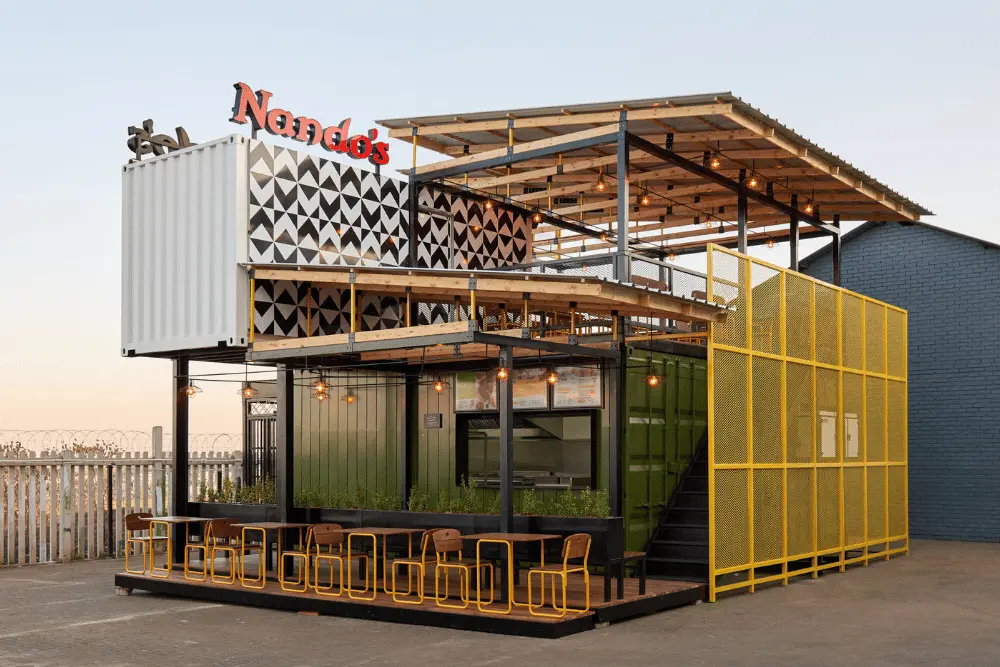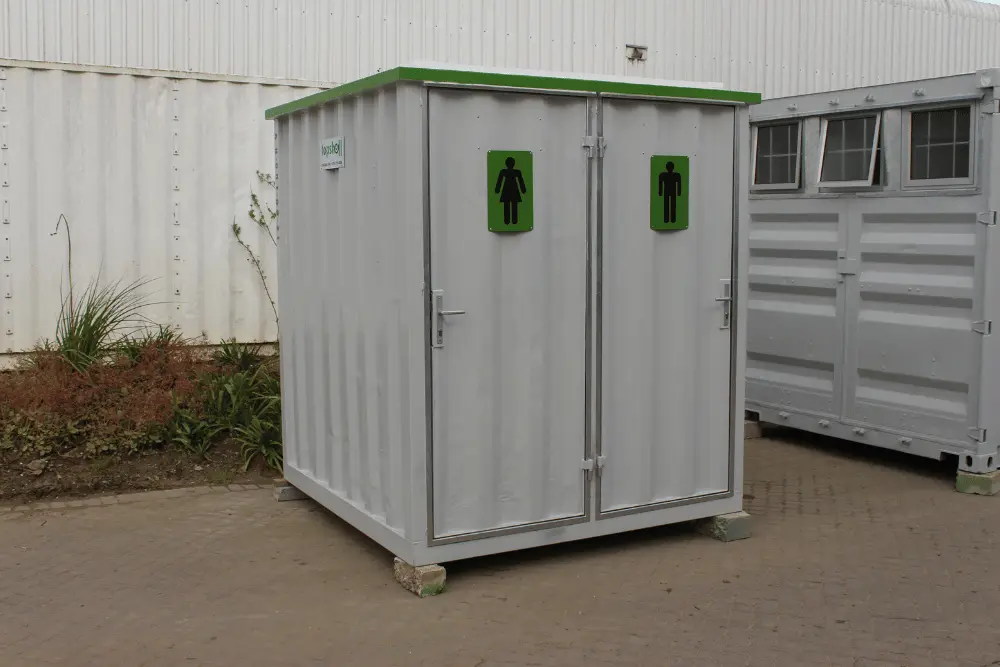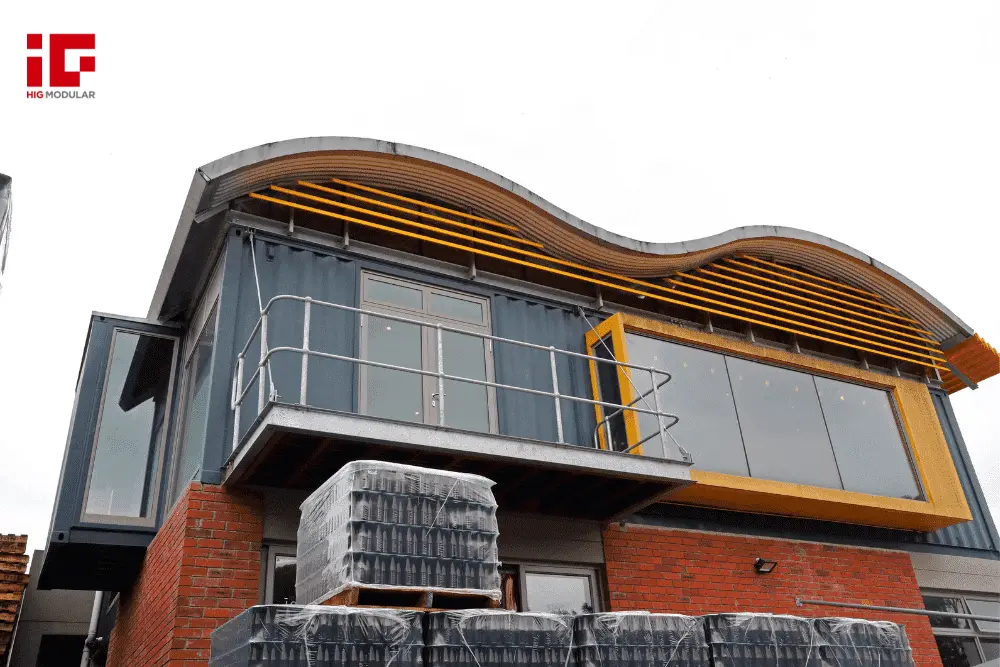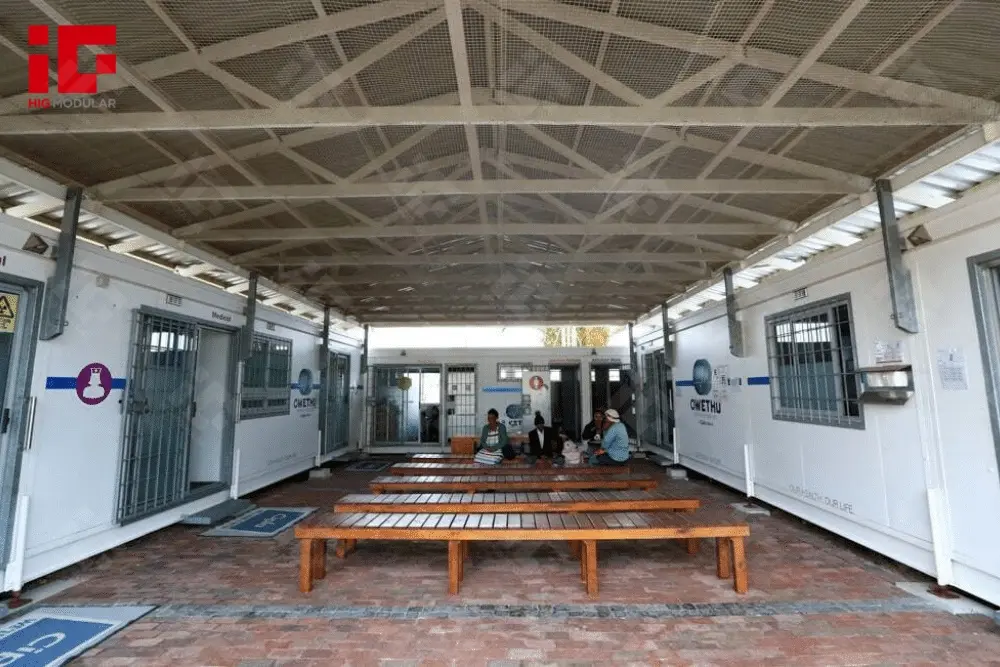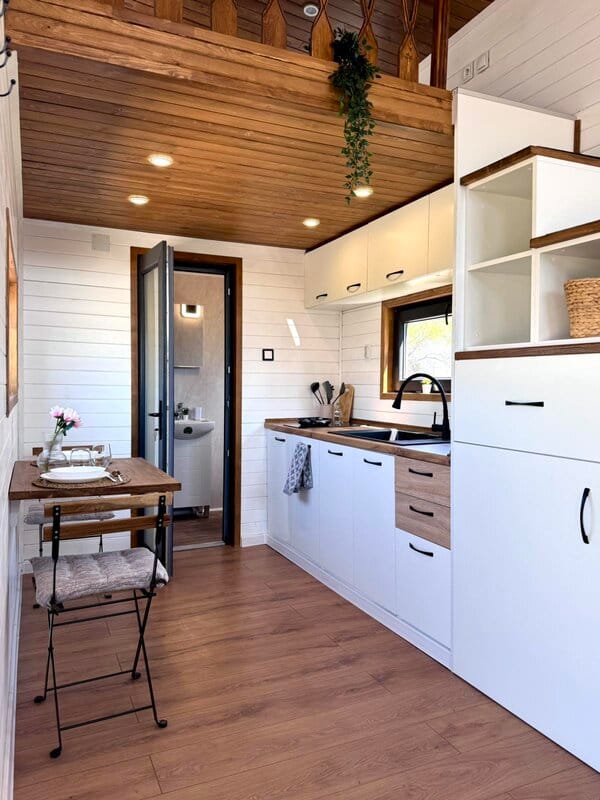News Categories
Featured News
0102030405
Mobile Homes – Redefining Modern Living Through Flexibility and Innovation
2025-06-25
In an era marked by remote work, economic volatility, and a growing appetite for sustainable lifestyles, Mobile Homes have transcended their outdated stereotypes to emerge as a compelling housing solution. Once dismissed as temporary or substandard dwellings, today’s mobile homes – often labeled “tiny homes on wheels” or modern prefabricated units – are reshaping perceptions of homeownership, mobility, and environmental stewardship.
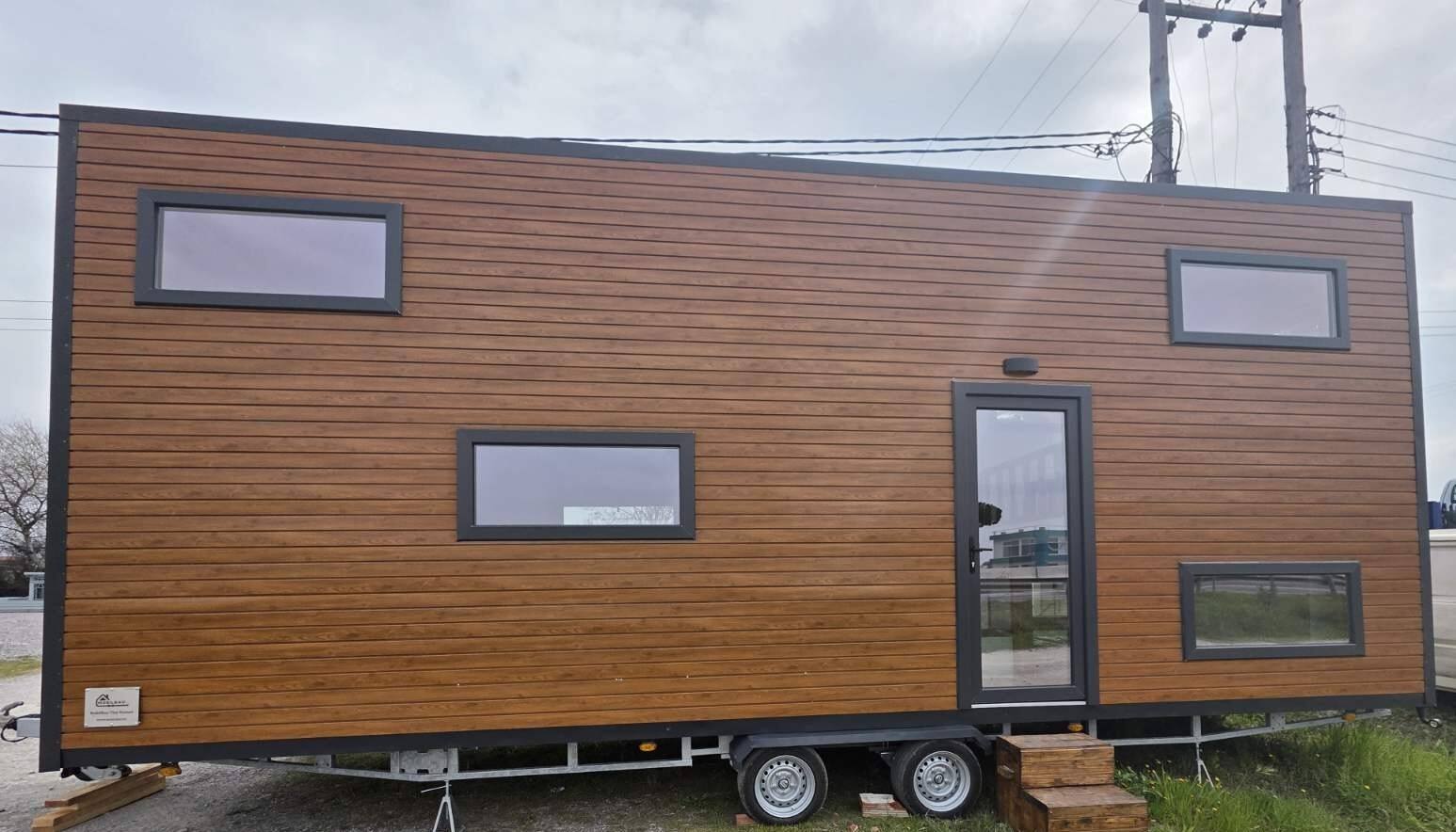
Affordability and Flexibility: Keys to Their Appeal
At the core of the mobile home revival lies affordability. According to the U.S. Department of Housing and Urban Development, the median price of a new mobile home in 2024 stood at $75,000 – a stark contrast to the $416,000 median cost of a traditional single-family home. Beyond upfront costs, mobile homes offer lower property taxes (classified as personal property in some regions), reduced utility bills due to compact footprints, and simplified maintenance. For millennials burdened by student debt or Gen Zers prioritizing financial autonomy, mobile homes provide a pathway to homeownership free from lifelong mortgage constraints.
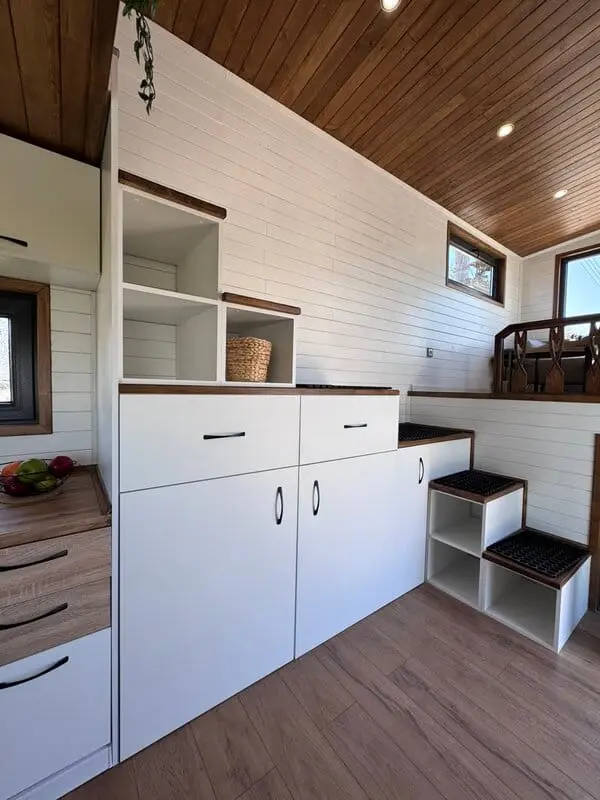
Yet affordability is only part of the story. Flexibility fuels demand across diverse demographics. Digital nomads, who work remotely while traveling, value the ability to relocate their home as seamlessly as they switch jobs. Retirees, too, embrace mobile homes to downsize and pursue warmer climates or closer family proximity. “Why be tethered to one location when your home can move with you?” asks Sarah Thompson, a 62-year-old retiree who sold her suburban house and now splits time between a mobile home in Arizona and a coastal community in Oregon.
Sustainability: A Quiet Environmental Revolution
Mobile homes are also quietly championing sustainable living. Unlike traditional construction, which generates massive waste (the EPA estimates 600 million tons of construction debris annually in the U.S.), modern mobile homes are built in controlled factory environments. Prefabrication minimizes material waste, and many manufacturers now utilize recycled steel, reclaimed wood, and energy-efficient insulation. Some models even integrate solar panels and rainwater collection systems, transforming mobile homes into off-grid powerhouses.
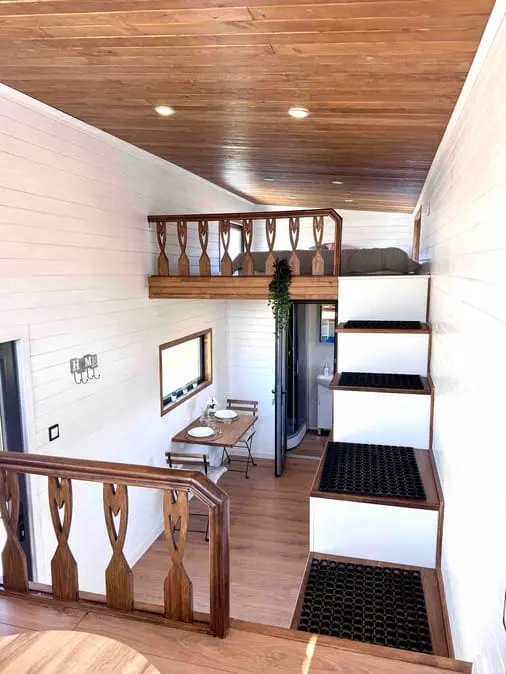
“Factory-built homes are inherently more sustainable,” explains Jason Lee, an architect specializing in modular design. “Precision engineering reduces errors, and centralized production cuts transportation emissions for materials. It’s a win for both budgets and the planet.”
Market Growth and Design Evolution
The mobile home market is booming. Industry reports show a 25% surge in new mobile home sales between 2020 and 2024, outpacing the 12% growth of traditional housing. This momentum stems not just from economics but from design evolution: today’s mobile homes bear little resemblance to their predecessors. Luxury models feature high-end finishes – quartz countertops, stainless steel appliances, smart home technology – while customizable floor plans cater to single professionals and small families alike.
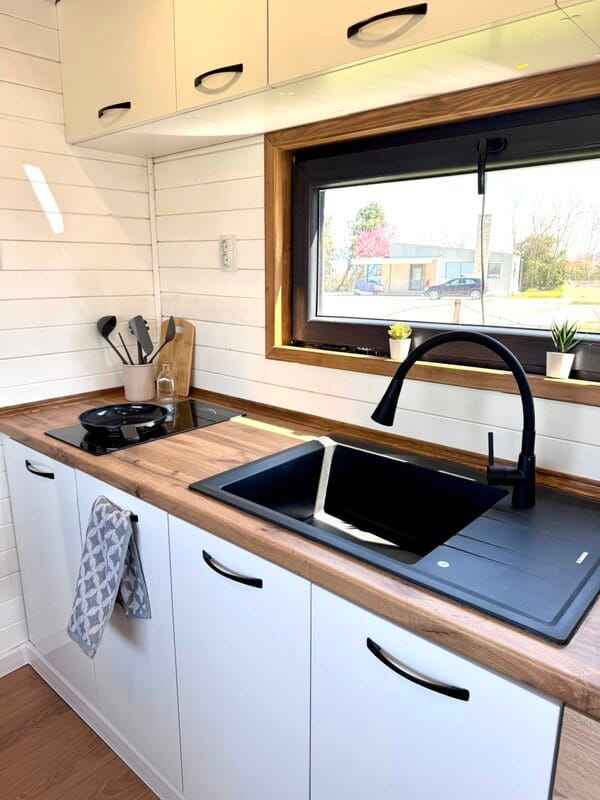
Developers are capitalizing on shifting demographics. In Austin, Texas, a community called “Roam & Root” offers mobile home lots with shared amenities like coworking spaces, pools, and EV charging stations. “We’re creating a hybrid of community and mobility,” says developer Mark Rodriguez. “Residents can stay for a year or a decade – they’re not locked into a 30-year mortgage or fixed address.”
Future Trends: Smart, Connected, Community-Centric
What lies ahead for mobile homes? Three trends will dominate:
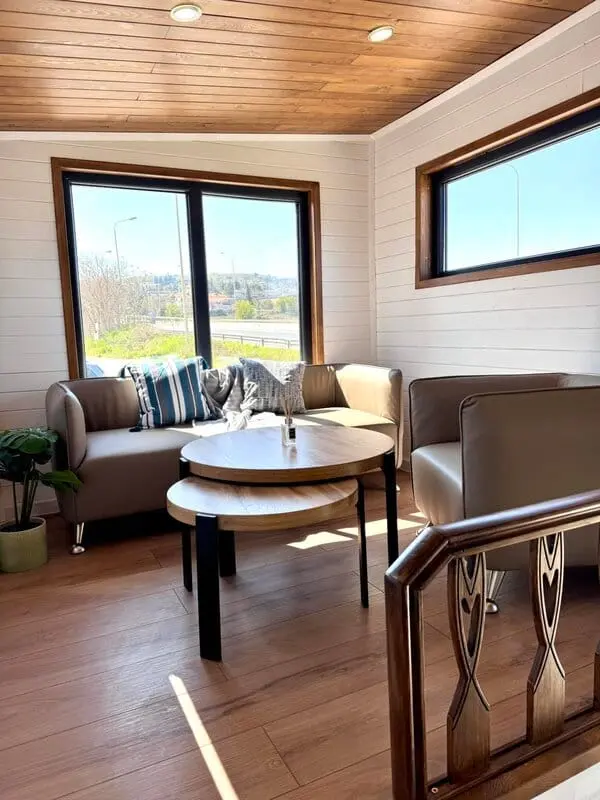
- Smart Home Integration: Voice-controlled lighting, automated climate systems, and AI-powered security will become standard. Companies like SmartLiving Homes already offer units with integrated Tesla Powerwall batteries, enabling off-grid living.
- Community Living 2.0: Expect more planned communities blending mobile homes with shared resources. These won’t replicate outdated trailer parks but will feature eco-friendly designs, communal gardens, and shared spaces. Cities like Portland and Denver are revising zoning laws to accommodate such developments, recognizing their potential to ease housing shortages.
- Policy and Financing Innovation: Banks are rolling out specialized mortgages for mobile homes, while governments offer incentives for energy-efficient models. California’s new program, for example, provides $10,000 rebates for net-zero energy mobile homes.
Conclusion: A New Paradigm of Homeownership
Mobile homes are no longer a compromise – they’re a statement. They embody a shift toward flexibility, sustainability, and financial prudence in an uncertain world. As technology advances and attitudes toward homeownership evolve, mobile homes will play an increasingly central role in shaping housing’s future. For a generation raised on mobility and mindful living, the idea of a home that moves with you – and evolves with your values – has never been more alluring.


